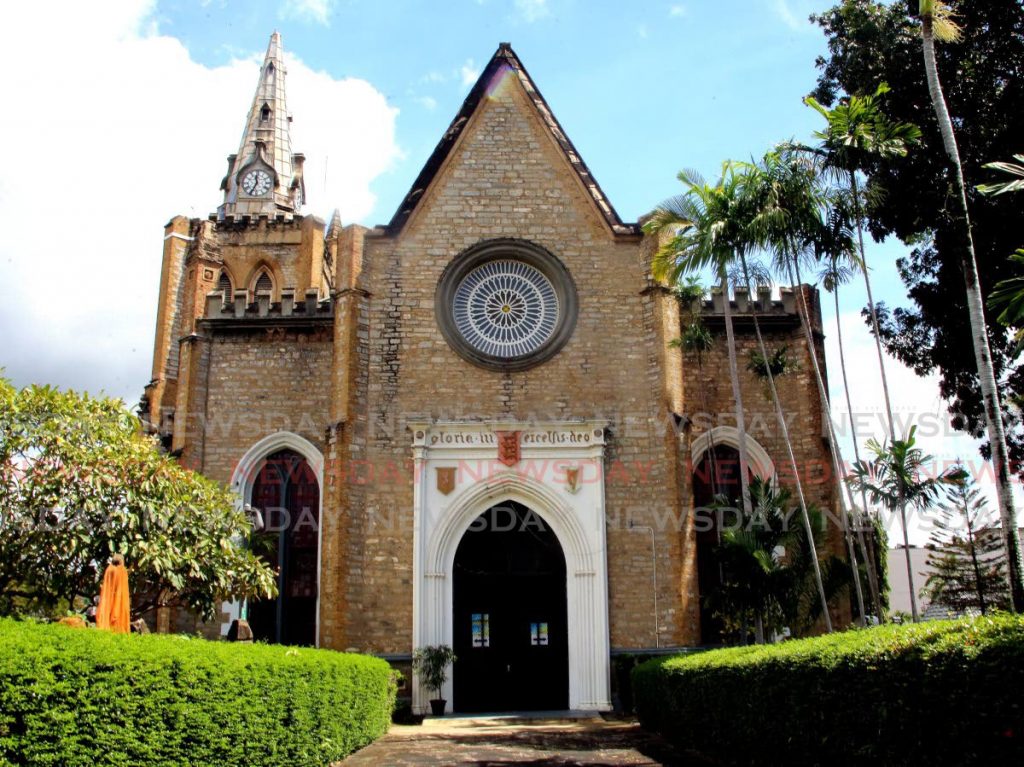Preserve, profit from history

LAST TUESDAY, the Anglican Church in TT launched a year of celebrations on the 200th anniversary of its local presence.
Central to the celebrations is the plan to refurbish its original house of worship, the Holy Trinity Cathedral in Port of Spain.
The cathedral’s dean and rector, the Very Rev Shelley-Ann Tenia, explained at the launch that the year will commemorate the hope, heritage and cultural richness embodied by the cathedral.
Even as the church budgets $1 million for the year of commemoration, it is still waiting for $10 million promised in the last budget for repairs to the building.
Rev Tenia pointed out that cracks are widening in the cathedral, more leaks are appearing and termites and rot are attacking the wooden components. Church administrators are considering removing stained glass, undamaged woodwork and the substantial pipe organ to protect them from possible damage.
But some legacy artefacts in and around the building remain largely intact, including a slave altar, presidential entrance, rose window, baptismal font, labyrinth and garden of peace.
The National Trust recognises the cathedral as a grade one listed property, which is intended to preserve the building in a state as close as possible to its original condition.
The church faces the challenge of preserving its built history in the cathedral while continuing to use the building for its intended purpose and maintaining its structural integrity.
In this, the Anglican Church is not alone. Many heritage buildings struggle with exactly this problem, with far too many losing the battle in troubling ways.
Today, the private owners of buildings like Roomor, one of the Magnificent Seven around the Savannah, and the Lion House, the Capildeo/Naipaul ancestral home in Chaguanas, cannot be expected to afford the astronomical costs of maintaining buildings over a century old.
Far too many buildings of interest and historical importance are lost when developers evade pending legal restrictions by simply demolishing their properties before they are listed.
Where Greyfriars Church – one of the earliest local footholds of the Presbyterian Church – once stood in the heart of Port of Spain, there is only pulverised rubble in a parking lot.
Even state-managed assets like Lapeyrouse Cemetery and other historically significant burial grounds – the literal resting place of much of this country’s human history – are crumbling, overgrown or vandalised.
While a few historically important buildings have been restored, much more must be done to maintain and yes, exploit the remaining cultural assets in TT’s built heritage.
Preservation is not a burden, but an opportunity. A network of culturally and historically significant sites, kept in good repair and open for local and visiting heritage tourism, could create a revenue stream that not only maintains them but potentially offers a return on the investment in restoring them.


Comments
"Preserve, profit from history"